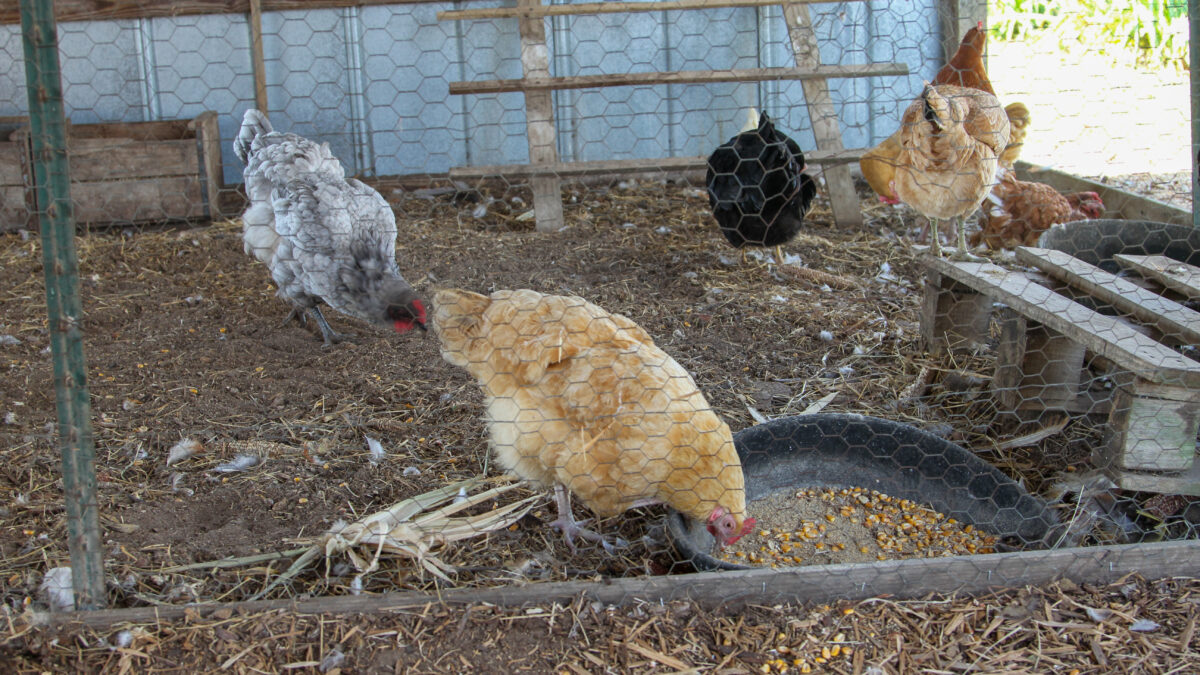Activists’ Cage-Free Egg Plot, Scrambled
Guest Author
Special Contributor to FB.org

photo credit: Alabama Farmers Federation, Used with Permission
Guest Author
Special Contributor to FB.org
By Robert Giblin
The demand for “cage-free” eggs has risen in recent years, as more food processors, retailers and restaurant chains are seeking to meet consumer demand. A recent court ruling, however, reveals a crack in leading claims activists have made regarding nutrition and food safety.
Activists claimed that eggs from caged hens aren’t as nutritious or safe as eggs from cage-free hens. They have asserted that eggs from caged hens carry a higher risk of Salmonella, and even pushed for labeling based on production practice. But their claims, largely grounded in pseudoscience, took a blow in February, when a three-judge panel for the 9th Circuit Court ruled in favor of federal food safety agencies on a suit regarding egg carton labeling.
The court ruled the plaintiffs failed to prove a causal connection between caged hens and either nutrition or food safety. Studies activists presented on Salmonella failed to control for non-housing variables, such as flock sizes, building ages, geography, sampling sizes and history of Salmonella. Other than production method, the nutritional studies failed to control for diet, location, hen age or breed. The case and ruling were unique, as these kinds of pseudoscience-based claims rarely find their way into courts for a thorough review of claims and counter-claims.
Criticism of animal housing systems is nothing new, and neither is use of pseudoscience to promote an activist agenda. To influence food choices and public policy, activists promote pseudoscience claims that rely on half-truths, misinterpretations of facts, made-up information and manipulation. This presents a particular challenge for agriculture, in part because consumers lack an understanding of various production methods and the science behind animal health and safety.
For example, one popular national restaurant chain introduced a marketing campaign featuring a “no-no” list of chemicals and ingredients with long names. Among them were tocopherol and ascorbic acid. Tocopherol is vitamin E, and naturally found in vegetable oils, nuts, fish and leafy green vegetables. Ascorbic acid is vitamin C. While any vitamin or nutrient can have negative health effects if over-consumed or used in the wrong form, the restaurant’s campaign further spread a fear of complex words.
The speed at which claims flow through both traditional and social media, and lapse into “facthood” compounds the challenge of combatting pseudoscience. Bogus claims often are cited and repeated as if they are facts. For example, a 2006 United Nations Food and Agricultural Organization report, called “Livestock’s long shadow,” greatly exaggerated claims about the impact of livestock production on greenhouse gas emissions, especially in comparison to transportation. The report received global coverage by major news organizations, and statistics from the report are still cited frequently in newspapers, magazines, TV and radio news, and across social media. Critical aspects of the study ultimately were debunked and its authors admitted its flaws, yet erroneous information from the study is still cited, because previous news stories and social media posts continue to increase the study’s prominence in online searches.
Pseudoscience is used to make claims on nutrition, food safety and environmental impact, solely because the styles or means of production sound green, sustainable, humane or aesthetically desirable. While some claims may be true, good science and facts often portray real, but different, stories.
One challenge for American agriculture is not so much about providing the facts or science behind production practices, but in relating stories with emotional appeal to consumers in a way that can be heard above pseudoscience agendas.
Robert Giblin
Freelance writer
Robert Giblin writes, speaks and consults about agricultural and food industry issues, policies and trends.